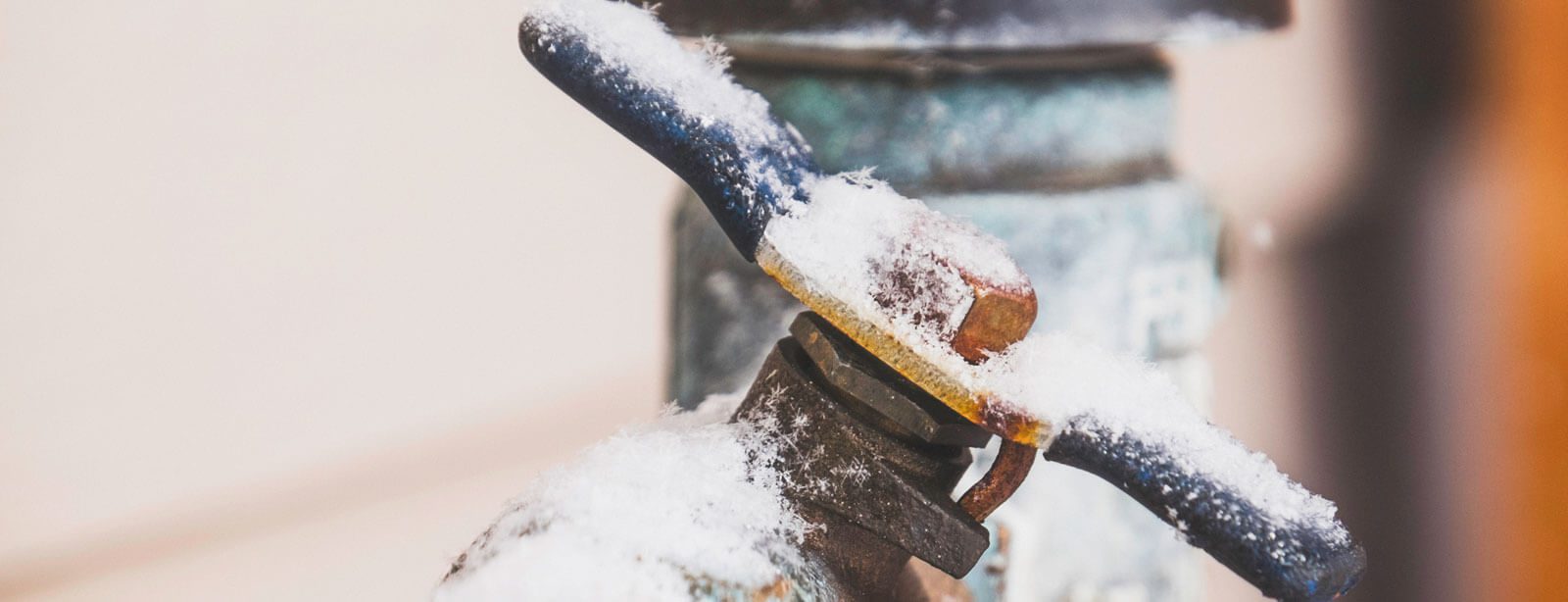How to Protect Your Plumbing from Freezing: Key Strategies
How to Protect Your Plumbing from Freezing: Key Strategies
Blog Article
We've stumbled on this article on How to prepare your home plumbing for winter weather directly below on the net and decided it made good sense to write about it with you here.

Winter can wreak havoc on your pipes, especially by freezing pipes. Below's exactly how to stop it from taking place and what to do if it does.
Intro
As temperature levels decline, the risk of icy pipes boosts, possibly bring about pricey fixings and water damage. Understanding just how to stop icy pipes is vital for homeowners in cold environments.
Avoidance Tips
Protecting susceptible pipes
Wrap pipes in insulation sleeves or use warm tape to protect them from freezing temperatures. Focus on pipes in unheated or outside locations of the home.
Home heating strategies
Keep indoor areas appropriately heated, specifically areas with plumbing. Open up cabinet doors to enable warm air to circulate around pipes under sinks.
How to identify icy pipelines
Search for decreased water circulation from taps, unusual smells or sounds from pipes, and noticeable frost on revealed pipelines.
Long-Term Solutions
Architectural modifications
Take into consideration rerouting pipelines far from outside walls or unheated locations. Add added insulation to attic rooms, basements, and crawl spaces.
Upgrading insulation
Invest in top quality insulation for pipes, attics, and walls. Correct insulation aids keep constant temperatures and lowers the risk of icy pipes.
Safeguarding Exterior Plumbing
Garden tubes and outside faucets
Detach and drain yard pipes before winter. Mount frost-proof spigots or cover outdoor taps with insulated caps.
Understanding Icy Pipes
What triggers pipelines to freeze?
Pipes ice up when revealed to temperatures below 32 ° F (0 ° C) for prolonged durations. As water inside the pipelines freezes, it broadens, taxing the pipe walls and potentially triggering them to break.
Threats and problems
Icy pipelines can lead to supply of water interruptions, residential property damage, and expensive repair services. Burst pipelines can flooding homes and cause extensive architectural damage.
Indicators of Frozen Water Lines
Identifying icy pipes early can stop them from breaking.
What to Do If Your Pipes Freeze
Immediate actions to take
If you presume frozen pipelines, maintain faucets available to soothe stress as the ice thaws. Utilize a hairdryer or towels taken in hot water to thaw pipes slowly.
Final thought
Stopping frozen pipes requires proactive procedures and fast reactions. By understanding the reasons, indications, and preventive measures, home owners can protect their plumbing throughout cold weather.
5 Ways to Prevent Frozen Pipes
Drain Outdoor Faucets and Disconnect Hoses
First, close the shut-off valve that controls the flow of water in the pipe to your outdoor faucet. Then, head outside to disconnect and drain your hose and open the outdoor faucet to allow the water to completely drain out of the line. Turn off the faucet when done. Finally, head back to the shut-off valve and drain the remaining water inside the pipe into a bucket or container. Additionally, if you have a home irrigation system, you should consider hiring an expert to clear the system of water each year.
Insulate Pipes
One of the best and most cost-effective methods for preventing frozen water pipes is to wrap your pipes with insulation. This is especially important for areas in your home that aren’t exposed to heat, such as an attic. We suggest using foam sleeves, which can typically be found at your local hardware store.
Keep Heat Running at 65
Your pipes are located inside your walls, and the temperature there is much colder than the rest of the house. To prevent your pipes from freezing, The Insurance Information Institute suggests that you keep your home heated to at least 65 degrees, even when traveling. You may want to invest in smart devices that can keep an eye on the temperature in your home while you’re away.
Leave Water Dripping
Moving water — even a small trickle — can prevent ice from forming inside your pipes. When freezing temps are imminent, start a drip of water from all faucets that serve exposed pipes. Leaving a few faucets running will also help relieve pressure inside the pipes and help prevent a rupture if the water inside freezes.
Open Cupboard Doors
Warm your kitchen and bathroom pipes by opening cupboards and vanities. You should also leave your interior doors ajar to help warm air circulate evenly throughout your home.

We are very inquisitive about How to Prevent Your Pipes From Freezing and I am praying you enjoyed reading my piece. Sharing is good. Who knows, you might be doing someone a favor. I praise you for being here. Kindly stop by our website back soon.
View Report this page